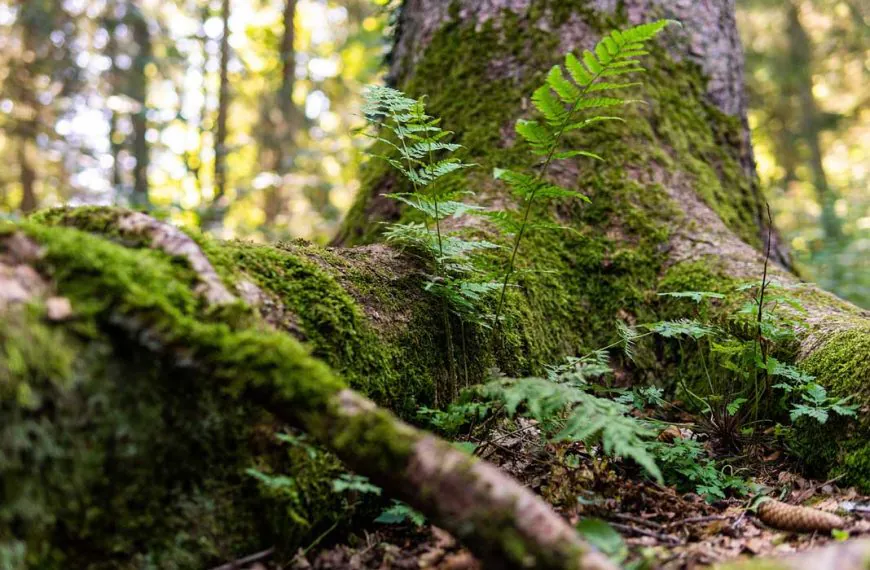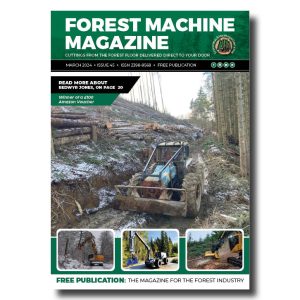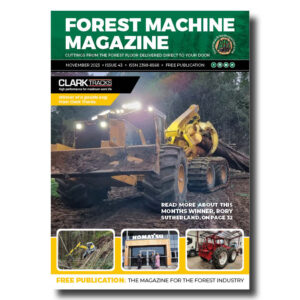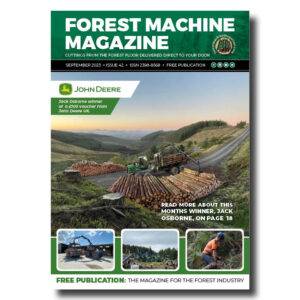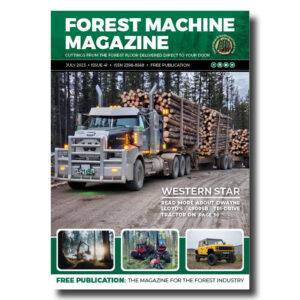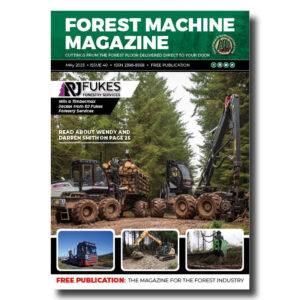A recent six-decade study by the Natural Resources Institute Finland (Luke) shows that nitrogen fertilisation carried out every ten years can significantly increase pine growth in nutrient-poor mineral soils. In the future, the method could be one way to strengthen the carbon sequestration of forests and thus promote emission targets.
Traditionally, nitrogen fertilisation is used in Finland on a one-off basis and in large doses at the end of the forest rotation period, with the aim of maximising log production.

-
That’s a remarkable amount of work hours for a single machine, the Norcar 600 owned by Erkki Rinne is taken well care of, it even has the original Diesel engine.
-
Kieran Anders is a forestry contractor working in the lake district. His work involves hand cutting and extracting timber using a skidder and tractor-trailer forwarder.
-
It is not possible to eliminate chain shot, but there are simple steps that can be taken to reduce the risk.
-
Arwel takes great pride in the fact that the mill has no waste whatsoever, “the peelings are used for children’s playgrounds, gardens and for farm animals in barns in the winter and the sawdust has multiple uses in gardens and farms as well.
-
Timber hauliers need to encourage young blood in, and also look after the hauliers we have, we need make the sector a safe and positive place to work.
FIND US ON
Related Posts
Nutrient-poor forest areas are usually not fertilised, as the measure has not been considered economically viable.
A long-term study conducted in Central Finland challenges this view. According to the results, pine stands can benefit significantly from repeated, moderate nitrogen addition, and trees are able to utilise nitrogen efficiently even in nutrient-poor conditions. Small-scale fertilisation every few years throughout the forest’s life cycle could support carbon sequestration more effectively than individual large fertilisations.
According to the study, a single fertilization increased the photosynthesis of trees and the growth of needles, especially during the first two years, which was also reflected in the acceleration of stemwood growth. The effect levelled off when the increased mass of needles broke down into litter and moved to the carbon storage in the soil. No long-term growth increases were observed, but the use of nitrogen for tree biomass production remained efficient from one fertilisation session to the next.
The findings offer new opportunities for forest management to support climate change mitigation. Economic profitability could improve if the carbon market and incentives paid for the climate benefits of forests are strengthened.

The study was carried out as part of the EU-funded HoliSoils project, and it is part of the doctoral dissertation of Luke researcher Anni Palvi, which was funded by the Finnish Foundation for Natural Resources Research.
Sign up for our free monthly newsletter here
Contact forestmachinemagazine@mail.com to get your products and services seen on the world’s largest professional forestry online news network.
#homeoflogging #writtenbyloggersforloggers #loggingallovertheworld
Written by loggers for loggers and dedicated solely to the equipment used in forestry operations.

